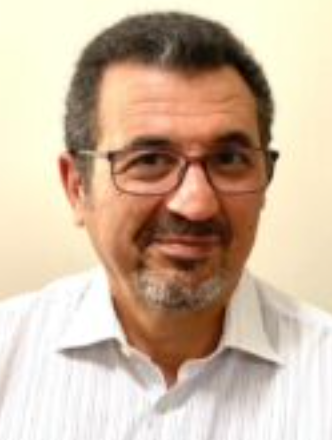The Base of Fish Scales Formation; Western Canada Sedimentary Basin: A Hybrid Stealth Shale Gas Play
OR
About the Course
PESA members, view the course for free!
The Base of Fish Scales Formation (BFSF) is basin-wide and marks the Albian/Cenomanian unconformity (Lower/Upper Cretaceous) boundary at the foreland Western Canada Sedimentary Basin. The formation contains abundant fish remains within finely laminated, generally non-bioturbated, very fine sandstone, siltstone, tuff and organic rich mudstones. They were deposited in a marine anoxic environment within a stratified water column in the Cretaceous Western Seaway. The formation in general is <20 m thick and characterised by high gamma on open hole logs. The anomalous high gamma signature that can reach up to 4,000 API units masks the nature of its lithology, complicating log interpretations. Resistivity and Sonic D t logs have a somewhat regular pattern, but that alone does not reveal the hybrid nature of this formation. There were no historical cores available at the time. A new core was needed to be acquired. EOG undertook coring in order to understand the unit.
Regional log mapping of the formation over a large area (165,000 Km2) in eastern Alberta and western Saskatchewan was undertaken. Geochemical studies,
facies and new core analyses integration allowed the elucidation of the main controls on BFSF productivity.
The interplay between volcanic ash fall from Western Cordillera’s super volcanic eruptions, fish kill, authigenic dolomite and hydroxylapatite precipitation, the preservation of organic carbon, and the sedimentation of sand/silt layers through storm action during major regression resulted in the preservation of this unique play.
EOG Resources Canada and others have completed hundreds of vertical wells in the BFSF as either a stand-alone production zone or co-mingled with other producing zones. This strategy resulted in about 30% increase in gas production. Innovative drilling and completion techniques have been used in order to minimize formation damage.
Production from the BFSF varies widely between 2 and 244 Mcf/d, with production profiles showing a classic unconventional pattern.

Your Instructor

Dr. Faraj received his PhD in Geology and Geochemistry from The Center for Microscopy and Microanalysis (CMM), Earth Sciences Department, University of Queensland, Australia in 1996. In 2002, he completed the first shale gas potential study in the Western Canada Sedimentary Basin, for the Gas Technology Institute (GTI).He has also worked on microbial hydrogen generation.
Dr. Faraj has extensive managerial, professional and technical expertise in unconventional resources. Worked extensively on North America and Australian shales (Marcellus, Montney, Muskwa, Duvernay, Eagle Ford, Haynesville shales as well as unconventional resources in Cooper, Perth, Beetaloo and Canning Basins among others) through consulting for several energy companies in Canada, US and Australia (GTI, Suncor, MGV, EOG Canada, Buru Energy, AWE and Santos among others). Between 2005 and 2010, Basim
was the Unconventional Gas Specialist at Talisman Energy, Canada. From 2011 to 2014, Basim was VP New Ventures, Tamboran Resources Pty Ltd.
During the last few years, Basim evaluated unconventional projects in Turkey, Poland, Myanmar, Botswana, Argentina, India and Jordan among others. His experience encompassed the gamut of oil and gas activities from identification and discovery, through pitching for funds and securing development teams, to delivery of an operating resource.
Basim was the Chairman for the annual shale gas conference, organized by the Canadian Institute since its inception in 2005 until its final year in 2013. As well, was part of an organizing team for field trips of shale and cbm in Canada for the AAPG, CSUG and CSPG. Basim teaches an unconventional exploration and production course for geoscience and engineering professionals of the oil and gas industry/government institutions in North America, Australia, India, Myanmar and Jordan since 2007. Basim is the Director of Faraj Consultants and an Adjunct Professor at the Science and Engineering Faculty and the Institute for Future Environments, Queensland University of Technology (QUT), Brisbane. He is working on green hydrogen generation for export to Japan through QUT’s ARENA project. He is an active member of AAPG and PESA and a reviewer for the Journal of Petroleum Science and Engineering.
